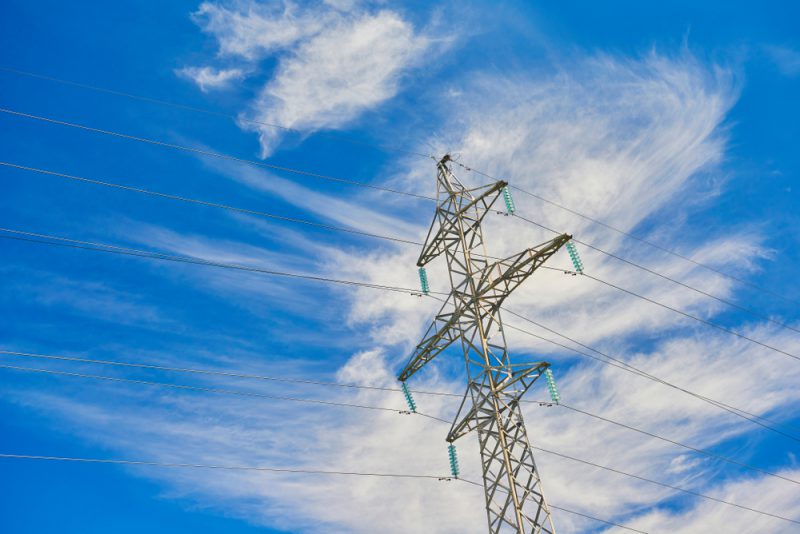Fossil fuel consumption by electric power sector at lowest level since 1994, according to EIA

Fossil fuel consumption in the electric power sector fell to 22.5 quadrillion British thermal units (quads) in 2017, the lowest level since 1994, according to the U.S. Energy Information Administration (EIA).
Power sector petroleum consumption in 2017 was the lowest on record, based on data since 1949. Coal consumption in the sector decreased to its lowest level since 1982. Electric power consumption of natural gas has generally been increasing. It was slightly lower in 2017 than the record-high 2016 level.
In energy-equivalent terms, the power sector consumed more coal than natural gas in 2017. Regarding electricity generation, however, natural gas-fired power plants produced more electricity than coal-fired plants, as natural gas-fired plants are typically more energy efficient.
The growth of efficient natural gas-fired generation has improved the generation-weighted average efficiency of fossil fuel-fired electricity generation. Between 1994 and 2017, the primary energy that fossil fuel power plants to produce each kilowatt-hour (kWh) of electricity decreased from 10,400 British thermal units (Btu) to 9,400 Btu/kWh.
Carbon dioxide (CO2) emissions from the electric power sector were the lowest in 2017 since 1987. Although natural gas provided more electricity generation than coal, CO2 emission from coal were more than more than double those from natural gas, as coal combustion is much more carbon intensive than natural gas combustion.
